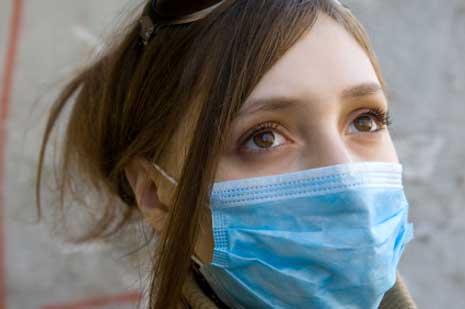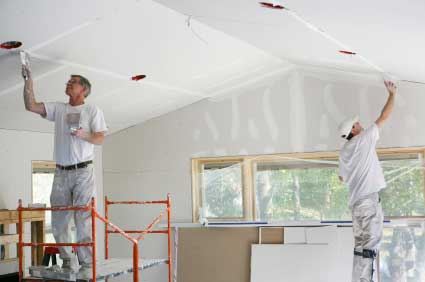Autism – Do terbutaline- and mold-associated impairments of the brain and lung relate to autism?

Increased prevalence of the autism spectrum disorders (ASD) and the failure to find genetic explanations has pushed the hunt for environmental causes. These disorders are defined clinically but lack objective characterization.
To meet this need, we measured neurobehavioral and pulmonary functions in eight ASD boys aged 8 to 19 years diagnosed clinically and compared them to 145 unaffected children from a community with no known chemical exposures. As 6 of 35 consecutive mold/ mycotoxin (mold)-exposed children aged 5 to 13 years had ASD, we compared them to the 29 non-ASD mold-exposed children, and to the eight ASD boys. Comparisons were adjusted for age, height, weight, and grade attained in school.
The eight ASD boys averaged 6.8 abnormalities compared to 1.0 in community control boys. The six mold-exposed ASD children averaged 12.2 abnormalities. The most frequent abnormality in both groups was balance, followed by visual field quadrants, and then prolonged blink reflex latency.
Neuropsychological abnormalities were more frequent in mold-exposed than in terbutaline-exposed children and included digit symbol substitution, peg placement, fingertip number writing errors, and picture completion. Profile of mood status scores averaged 26.8 in terbutaline-exposed, 52 in mold exposed, and 26 in unexposed. The mean frequencies of 35 symptoms were 4.7 in terbutaline, 5.4 in mold/ mycotoxins exposed and 1.7 in community controls.
Reference: Kilburn KH, Thrasher JD, Immers NB., Do terbutaline- and mold-associated impairments of the brain and lung relate to autism?, Toxicol Ind Health. 2009 Sep 30.



